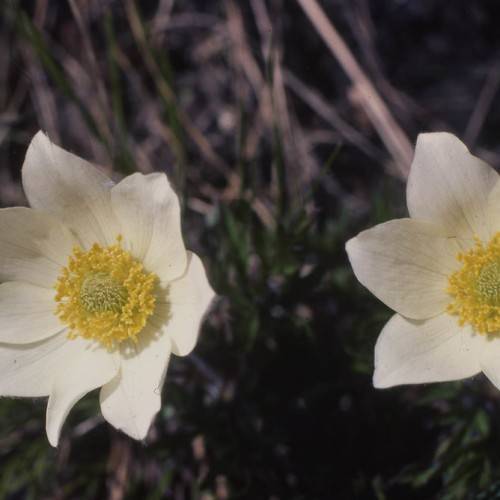
Alpine Anemone
Anemone drummondii var. lithophila
Watering:
Frequent
Hardiness Zone:
Sun:
full sun,part shade
Leaf:
Yes
Growth Rate:
Low
Drought Tolerant:
Yes
Salt Tolerant:
Yes
Care Level:
Medium
watering
Narcissus Anemone (Anemonastrum sibiricum) should be watered deeply and thoroughly once a week to keep soil moist. In periods of extreme heat or drought, water once every 5-7 days instead. Allow the soil to dry out completely between watering, and then pour just enough water to reach the roots. The flowers may need to be lightly misted in especially dry conditions, but take care not to oversaturate the soil.
sunlight
Narcissus Anemone (Anemonastrum sibiricum) requires moderate to full sunlight to thrive. During the spring and summer months, it does best when it is in a location that receives plenty of direct sunlight during the day, ideally 4 to 6 hours of sunlight. During the cooler fall and winter months, this plant species can tolerate partial shade and should be protected from the harsher afternoon sun.
pruning
Narcissus Anemone (Anemonastrum sibiricum) should be pruned in late spring or early summer, once the plant's flowers have finished blooming. This species of plant isn't prone to overgrowth, however it is still important to prune away any dead or diseased leaves or stems. Cut any stems back to the base to remove them, and use sharp, clean shears when making your cuts. With this species, it's best to take a conservative approach to pruning, as it is better to leave some of the foliage rather than risk taking too much away.
